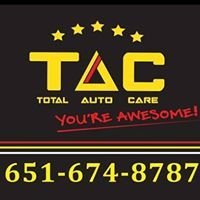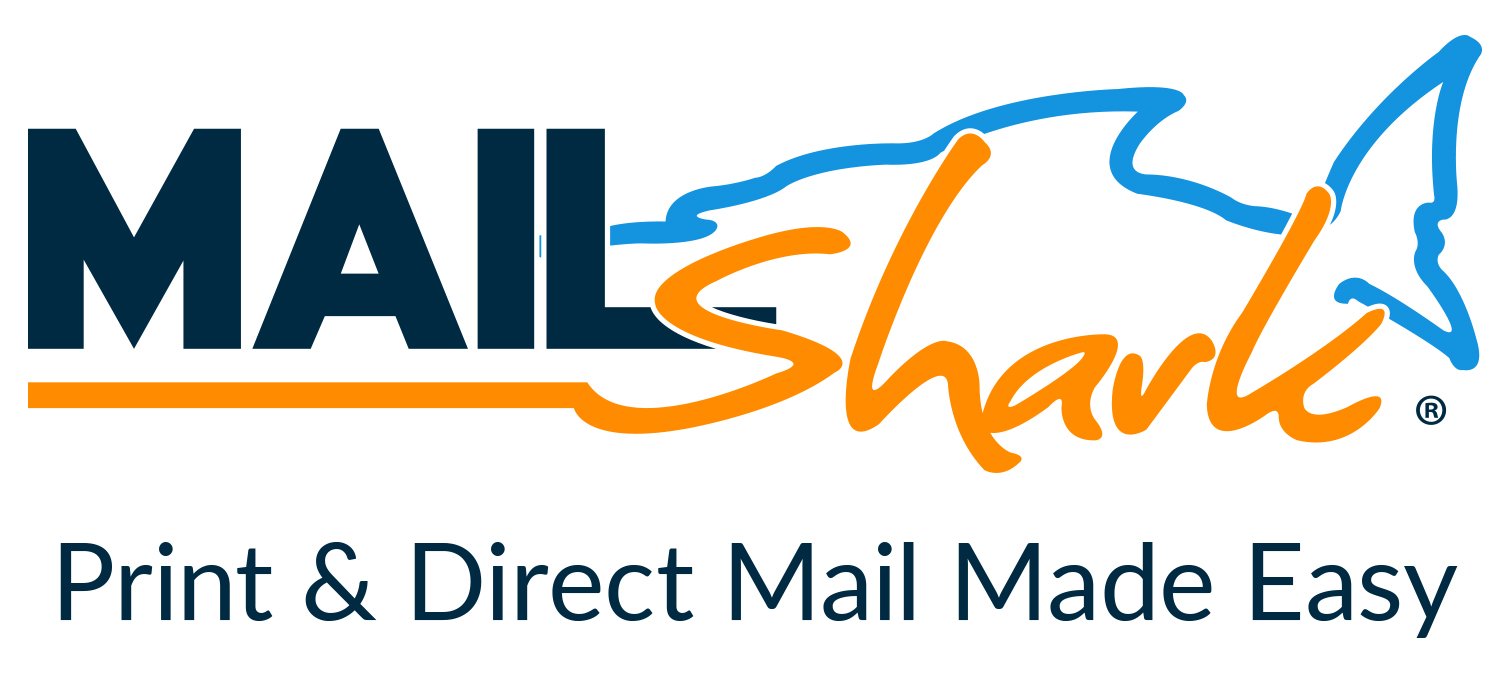Inspect or Diagnose?
-
Have you checked out Joe's Latest Blog?
-
By Joe Marconi in Joe's Blog5 commentsI recently spoke with a friend of mine who owns a large general repair shop in the Midwest. His father founded the business in 1975. He was telling me that although he’s busy, he’s also very frustrated. When I probed him more about his frustrations, he said that it’s hard to find qualified technicians. My friend employs four technicians and is looking to hire two more. I then asked him, “How long does a technician last working for you.” He looked puzzled and replied, “I never really thought about that, but I can tell that except for one tech, most technicians don’t last working for me longer than a few years.”
Judging from personal experience as a shop owner and from what I know about the auto repair industry, I can tell you that other than a few exceptions, the turnover rate for technicians in our industry is too high. This makes me think, do we have a technician shortage or a retention problem? Have we done the best we can over the decades to provide great pay plans, benefits packages, great work environments, and the right culture to ensure that the techs we have stay with us?
Finding and hiring qualified automotive technicians is not a new phenomenon. This problem has been around for as long as I can remember. While we do need to attract people to our industry and provide the necessary training and mentorship, we also need to focus on retention. Having a revolving door and needing to hire techs every few years or so costs your company money. Big money! And that revolving door may be a sign of an even bigger issue: poor leadership, and poor employee management skills.
Here’s one more thing to consider, for the most part, technicians don’t leave one job to start a new career, they leave one shop as a technician to become a technician at another shop. The reasons why they leave can be debated, but there is one fact that we cannot deny, people don’t quit the company they work for, they usually leave because of the boss or manager they work for.
Put yourselves in the shoes of your employees. Do you have a workplace that communicates, “We appreciate you and want you to stay!”
-
-
Similar Topics
-
By mikezat
Hi! I got a bunch of engine and cabin filters - leftovers from my store. What's the best way to get rid off the inventory? eBay sales are slow and not an option due to the time it takes to list a filter and due to expensive cost of shipping.
Many thanks in advance,
Mike
-
By Joe Marconi
Premium Member Content
This content is hidden to guests, one of the benefits of a paid membership. Please login or register to view this content.
-
By Joe Marconi
Premium Member Content
This content is hidden to guests, one of the benefits of a paid membership. Please login or register to view this content.
-
By carmcapriotto
Thanks to our Partner, NAPA TRACS and AutoFix Auto Shop Coaching 1 in 5 people have some form of dyslexia. A profound discussion on dyslexia in the automotive industry. Learn the definition of dyslexia, its impact on learning and training, and strategies to support those with dyslexia. The episode emphasizes the value of recognizing the unique strengths and challenges of individuals with dyslexia, offering practical advice for employers, trainers, and individuals to enhance learning and professional development in the automotive industry. Bill Greeno, Quality Automotive Servicing, Truckee, CA. Bill’s previous episodes HERE Nicole Ofiesh, PH.D, Dr. Ofiesh is a cognitive behavioral scientist with expertise in dyslexia, learning disorders, ADHD, and autism spectrum disorders.
Definition of Dyslexia (00:01:59) Discussion on the definition of dyslexia and its importance for individuals in the automotive industry. Strengths of People with Dyslexia (00:09:45) Dr. Nicole Ofiesh explains the strengths inherent in people with dyslexia, such as visual spatial abilities and creative thinking. Training Challenges (00:10:04) Bill Greeno discusses the challenges of providing hands-on training for individuals with dyslexia and the preference for visual and kinesthetic learning. Strategies for Supporting Employees with Dyslexia (00:11:36) Dr. Nicole Ofiesh suggests strategies for supporting employees with dyslexia in educational settings, including providing reading support and using text-to-speech software. Awareness and Insights for Employers (00:15:33) The need for awareness among training companies and trainers about dyslexia and the importance of accommodating diverse learning styles. Personal Experience with Dyslexia (00:16:32) Bill Greeno shares his personal experience with dyslexia and the importance of teaching to different learning styles, regardless of dyslexia. The definition of dyslexia (00:20:21) Dr. Nicole explains dyslexia as a reading and processing challenge affecting the sequence and sounds of symbols. Strengths of individuals with dyslexia (00:22:15) Dr. Nicole highlights the extraordinary problem-solving and mechanical abilities of individuals with dyslexia. Training challenges and strategies for dyslexic employees (00:23:30) Dr. Nicole discusses the importance of empowering individuals to be independent learners and suggests techniques such as study buddies and listening while reading. The stigma of listening as reading (00:27:09) The speakers discuss the stigma surrounding listening as a form of reading and the need to overcome it. Closed captioning and universal design for learning (00:30:30) Dr. Nicole explains the significance of closed captioning as a universally beneficial tool and advocates for rethinking traditional notions of reading. Assessing and accommodating dyslexic employees (00:33:57) The conversation delves into the importance of assessing individual learning needs and offering a variety of learning methods to accommodate dyslexic employees. The importance of books and learning (00:36:42) Discussion on the significance of books and learning for personal and professional growth. Challenges in technical classes for mechanics (00:37:47) Exploring the difficulties faced in technical classes and the benefits of having information available in advance. Embracing dyslexia in the workplace (00:38:52) Encouraging employers and peers to support individuals with dyslexia and turn it into a strength. Acknowledging dyslexia and promoting understanding (00:40:21) Expressing gratitude for the discussion on dyslexia and emphasizing the need to embrace and understand it in the automotive industry. Thanks to our Partner, NAPA TRACS NAPA TRACS will move your shop into the SMS fast lane with onsite training and six days a week of support and local representation. Find NAPA TRACS on the Web at http://napatracs.com/ Thanks to our Partner, Auto-Fix Auto Shop Coaching Proven Auto Shop Coaching with Results. Over 61 Million in ROI with an Average ROI of 9x. Find Coach Chris Cotton at AutoFix Auto Shop Coaching on the Web at https://autoshopcoaching.com/ Connect with the Podcast: -Follow on Facebook: https://www.facebook.com/RemarkableResultsRadioPodcast/ -Join Our Private Facebook Community: https://www.facebook.com/groups/1734687266778976 -Subscribe on YouTube: https://www.youtube.com/carmcapriotto -Follow on LinkedIn: https://www.linkedin.com/in/carmcapriotto/ -Follow on Instagram: https://www.instagram.com/remarkableresultsradiopodcast/ -Follow on Twitter: https://twitter.com/RResultsBiz -Visit the Website: https://remarkableresults.biz/ -Join our Insider List: https://remarkableresults.biz/insider -All books mentioned on our podcasts: https://remarkableresults.biz/books -Our Classroom page for personal or team learning: https://remarkableresults.biz/classroom -Buy Me a Coffee: https://www.buymeacoffee.com/carm -The Aftermarket Radio Network: https://aftermarketradionetwork.com -Special episode collections: https://remarkableresults.biz/collections
Click to go to the Podcast on Remarkable Results Radio

-
By Joe Marconi
Premium Member Content
This content is hidden to guests, one of the benefits of a paid membership. Please login or register to view this content.
-
-
-
Our Sponsors


.thumb.jpg.2b345efc275b9df0af2bbb306a10a78a.jpg)












Recommended Posts
Create an account or sign in to comment
You need to be a member in order to leave a comment
Create an account
Sign up for a new account in our community. It's easy!
Register a new accountSign in
Already have an account? Sign in here.
Sign In Now